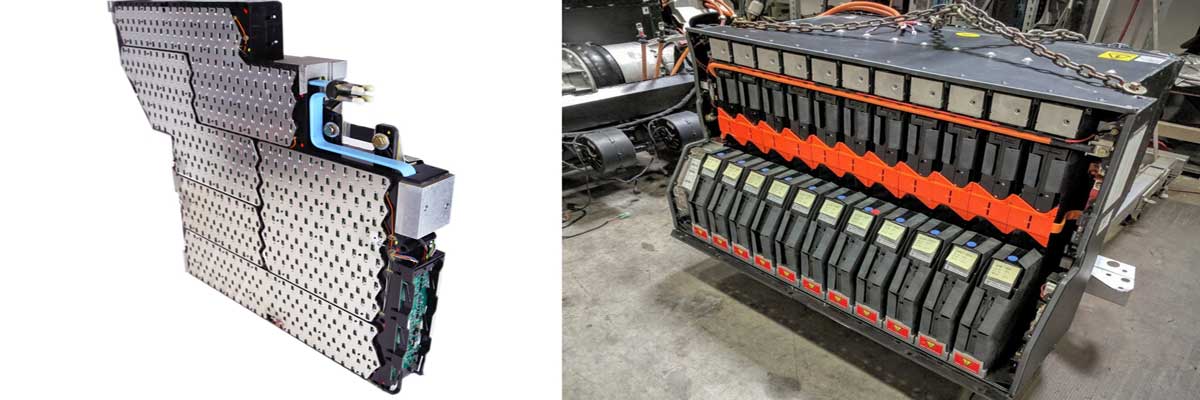@markwj GREAT info - thank you!!The ESS SOC screen shows SOC MIN 48% MAX 97%; that is indicative of a massive imbalance.
The balancing screen shows 98 1's and only one zero; that indicates the car is trying to drain the voltage of 98 bricks down to the level of one single lowest brick.
The flash/ahr.log file shows the calculate SOC and voltage level of each brick. It is showing #67 at 31172, and the rest at 33xxx or 34xxx. Looking at the SOCs, #67 is at 585,837 while the rest are almost double that up in the million range.
Seen this enough times now to recognise it as the most common form of roadster ageing battery failure nowadays, even without diagnostics access to the ESS. Can even predict that each time you drive+charge cycle the car, it will charge to progressively lower level each time until you can't charge at all.
Tesla service centres have in the past done all three approaches (cut the brick, sell a sheet, and replace the battery), but it very much depends on what the service centre is willing to do for you and whether they have anyone trained up on roadster ESS work. Frankly, if you don't want to replace the battery, then either Medlock or Gruber would be a better approach.
The reason that balancing won't work is that you would need to drain something like 25kWh of energy from the high bricks in the pack, through tiny little bleed resistors. It would months, and even if you did manage to balance it down, and assuming #67 doesn't also drain to zero while you do that, there is no guarantee that #67 would be able to charge up afterwards anyway.
If you really want to try, you can just let it charge, and leave it on the charger for a couple of days to balance. Then check SOC MIN/MAX (or pull the logs) to see if there is any improvement.
There are other ways of doing it (isolating then opening up the pack access and directly charging the low brick), but those are nasty and dangerous (especially if one cell in the brick is resistive). One owner I know recently tried that and just made things worse by messing up his VMS - and after fixing that his car still ended up on a flatbed heading for some wire cutter work on his battery. I would suggest leaving that kind of work to Gruber/Medlock.
From my understanding, T is prioritising 3.0 packs for dead roasters (like yours), rather than pro-active replacements. No idea what the current queue length is - I think it largely depends on who and where you are.
I am looking at $4800 in shipping costs and likely less than $10k for sheet repair. = $14,000 for repair of my 2008 pack that was charging to 185 standard range.
Or waiting for a new 3.0 pack = $30k?
What are the odds of paying $14k and having this happen again?
Seems like a really tough call.



